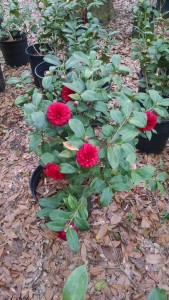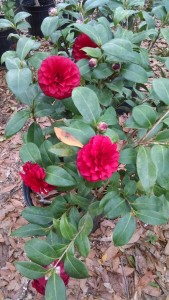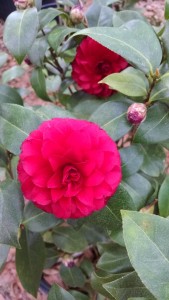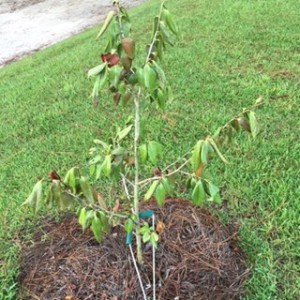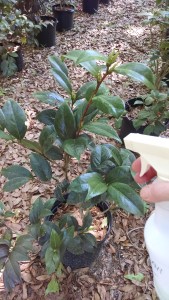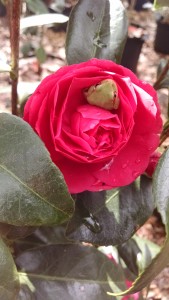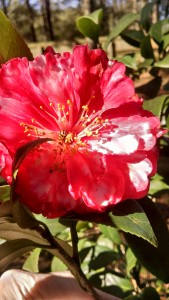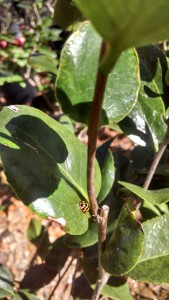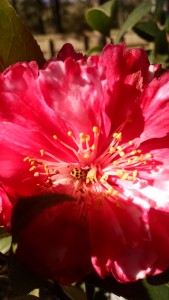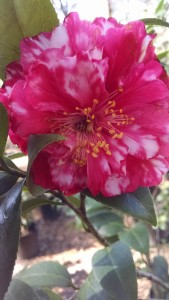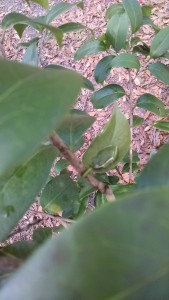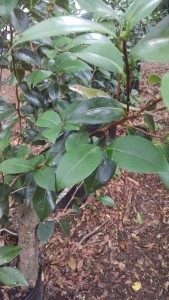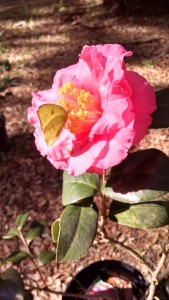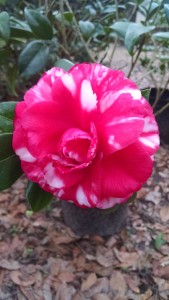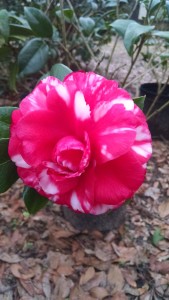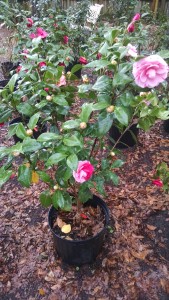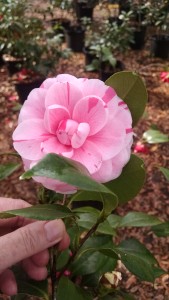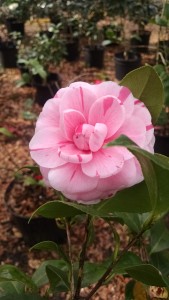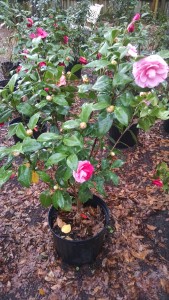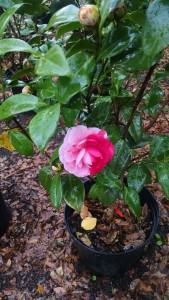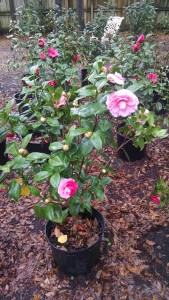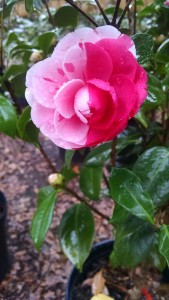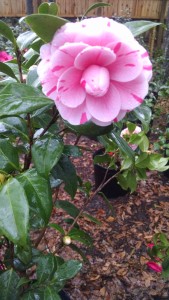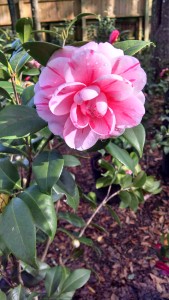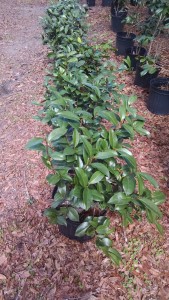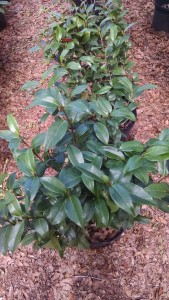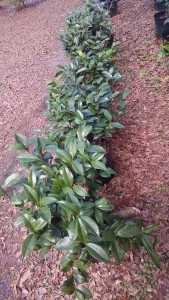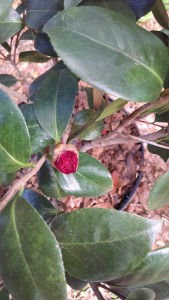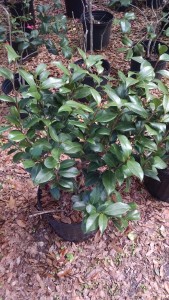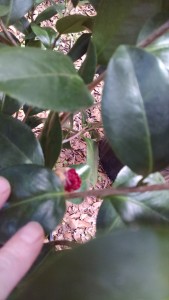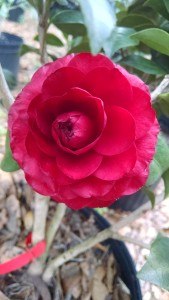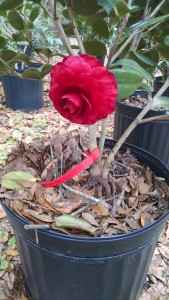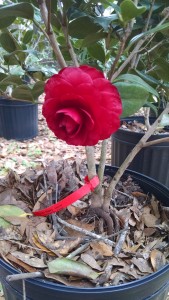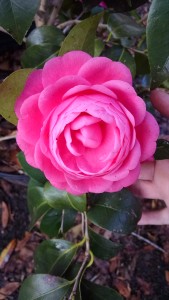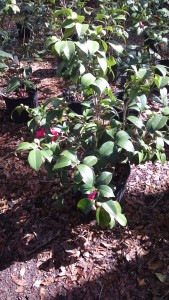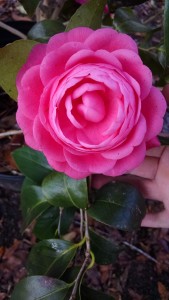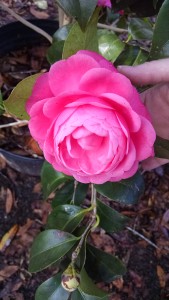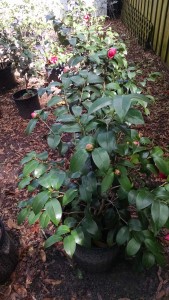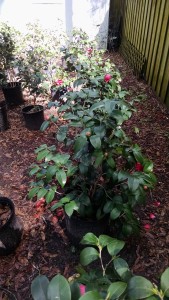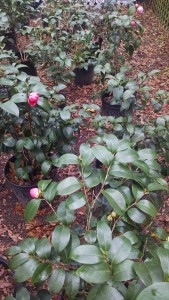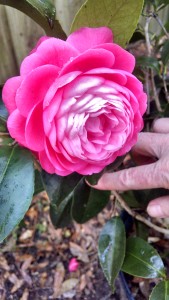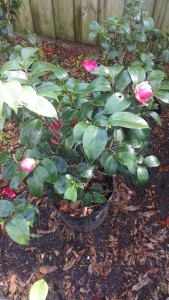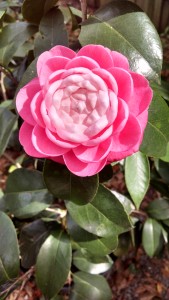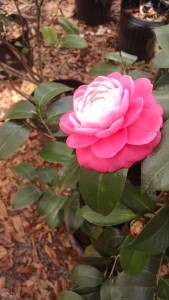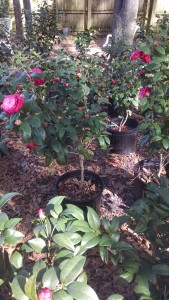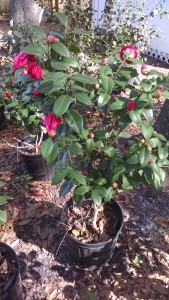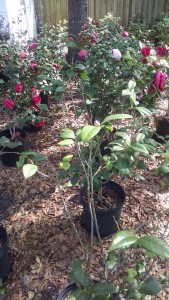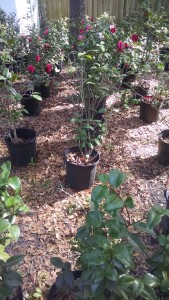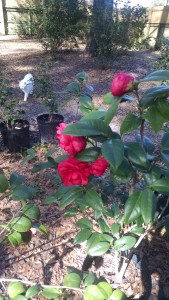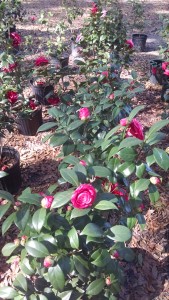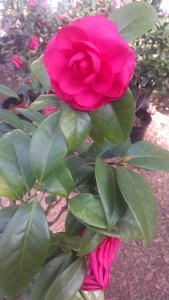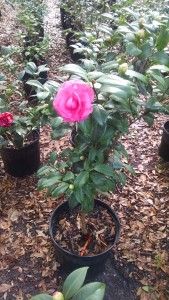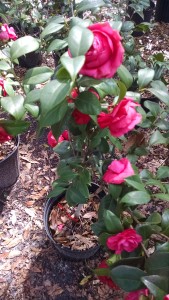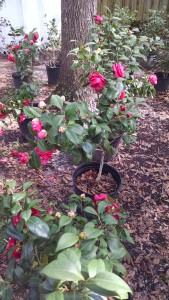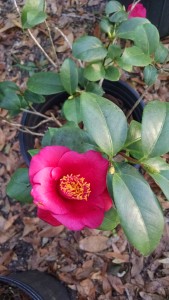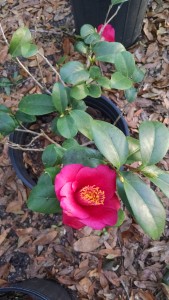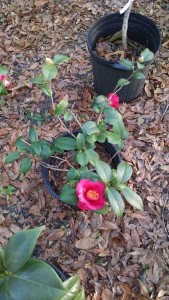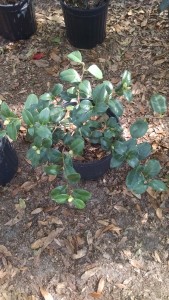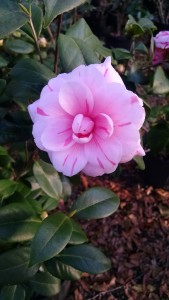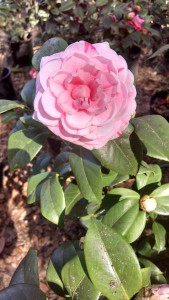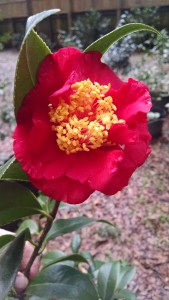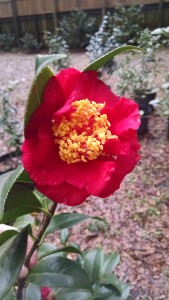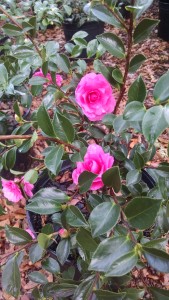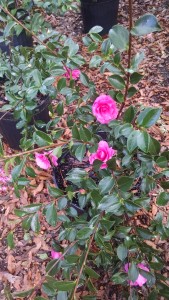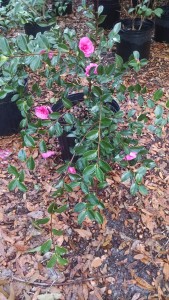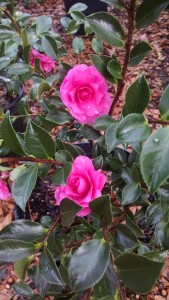Category Archives: General Information
Tips For Keeping Your Camellias Healthy
I received a call recently from a distressed camellia owner seeking my advice on how to save his camellia. The owner said he had his maintenance man plant the camellia over two years ago and it had seemed to be doing fine until several months ago. Now, however, it appeared to be dying fast.
I looked at the photos he sent me showing the wilted and withered camellia and knew there was probably no saving it at this stage. The camellia was dying and didn’t look like there was a sliver of a chance that it could be saved, or turned around, from its poor, sad looking appearance.
“Have you done anything different to it recently?” I asked, puzzled at what the issue could be. It may have been a disease such as canker, root rot, or algal leaf spot, that brought it to it’s current condition. It may have been an insect such as scale, or spider mites. Perhaps it was simply a weak plant to start with, which certainly happens with all plants. Obviously something had already done its damage, based on the photo I was staring at.
The owner relayed that he’d seen spider mites, grasshoppers and caterpillars chewing on the leaves of the camellia, and in an attempt to stop the pests, had sprayed it with two different kinds of pesticides to try to kill them.
I’m sure his intentions were good and resisted the urge to express my dismay. I asked him instead if he had visited my website, Camellia Heaven (fully aware I sounded like I was trying to give a shameless sale pitch). “No,” he said, he had not. “Well, the reason I mentioned it is because I only use environmentally safe products on my camellias,” I said, and added that I recommend he use horticulture oil, which smothers spider mites and scale, but does not kill other insects.
Spider mites and scale are two of the most common camellia insects, and if left unchecked, can kill a camellia plant. Neem oil works well to repel and smother camellia pests but because of its potent strength, it should be used infrequently, not as frequently as horticulture oil.
It’s important to note that none of these nature-friendly oil products will last long-term on camellias. They wash off with water or rain, so one must stay diligent and spray the affected camellias with horticulture oil on a regular basis.
One practically cannot prevent an occasional grasshopper or caterpillar from hungrily chopping away at a tempting camellia leaf; it’s what they do. Only if I had a complete infestation of some sort, and there was absolutely no other alternative, would I recommend using a pesticide or insecticide on camellias. Frogs, birds and lizards in your yard will help rid these naturally.
Those of you who have visited my website know that I don’t use pesticides or systemic insecticides on my camellias. Although I recognize there are rare exceptions to be made. For example, there might be absolutely no other way to kill something invasive like the beautiful, but crazy blob-like invasion of Wisteria, or Kudzu, or fire ants, yellow jacket wasps, or killer bees.
That said, there is almost always an alternative to pesticides that will offer a much more environmentally friendly solution to deterring camellia pests and diseases.
Using pesticides on your camellias kills the good bugs, amphibians, birds and reptiles, along with whatever you are trying to get rid it of. Ladybugs, bees, dragon flies, caterpillars, butterflies, grasshoppers, hummingbirds, birds, frogs, lizards, crickets, basically any creature that may touch, or feed, on the plant will die. Ladybugs are a gardener’s friend, and will eat spider mites and scale.
Caterpillars turn into butterflies, which along with the bees and hummingbirds, help pollinate all plants. Frogs, lizards and birds eat mosquitoes, and help to keep the population down. Birds and frogs feed on grasshoppers. Grasshoppers feed on crickets, and on and on.
I ended my long conversation with the camellia owner saying that I was sorry, but didn’t know the answer as to how, and why, his camellia had spiraled down to its current state. It was too late for me to tell by looking at the photo, and I would only be totally guessing about it at this point. However, if his camellia was in an already weakened state when the pesticides were doused on it, then yes, it could have been the final death blow for it.
There is no doubt that a camellias initial planting, soil, pest and disease prevention is crucial and can have an effect keeping a camellia plant healthy over the long term.
Here are some important suggestions for planting and caring for your camellias:
- Do not plant camellias too deeply in the soil. Dig the hole horizontally twice as big as the circumference of the plant to allow the roots to spread, and when digging vertically, don’t dig too far down into the ground- (which you will almost naturally have the urge to do).
- Before placing your camellia in the ground, take a hatchet and gently slice the roots of the camellia on at least two or three separate sides of the camellia plant. This will release the tightly wound up roots and help them spread out once in the ground. *The root ball on the camellia should be @ a half inch to a quarter of an inch above the ground after you have finished filling the hole completely with dirt. The camellia will naturally settle further down into the ground over time.
- Be sure the soil you plant them in is a mixture of a dark rich top soil with some peat moss, mulch/wood, and ideally, earth worms within the soil. I recommend adding a small amount of some type of natural fertilizer (I use Black Hen) in with the soil when planting. Coffee grounds can also be occasionally used on camellias after they are older and more established.
- As a rule, do not plant camellias in areas that are located in full sun. One generally should not ever plant camellias in full, all day long, sunlight. It actually weakens them, and it isn’t good for them. Camellias need filtered sunlight, and/or partial shade with ideally lots of morning sunlight for them to thrive and stay healthy. Although there are sasanqua types of camellias and a few japonica camellias that are the rare exceptions to this rule.
- The area/soil that you plan on planting your camellia should have good drainage. Don’t plant it on a slope, at the bottom of a hill, or directly beside a tree. The roots of the tree will often impend the camellias growth.
- After planting your camellias, always be sure to water them generously and regularly, at least every 3 to 5 days (if no rain and the weather is hot), since it takes @ 2 to 3 years for their roots to become established. Roots need to stay semi-moist and not dry out until the camellia is established in the ground.
- Isolate sick camellias and move them away (if possible) from other camellias nearby. Pick off and discard to the trash any sick looking, dying, or dead leaves, and also pick up any leaves that have fallen on the ground, so whatever the issue is, it won’t spread to other camellias nearby.
- Inspect your camellias regularly and watch for signs of distress. Water them regularly, especially in hot weather, and spray with horticultural oil as needed.
Here are some additional resource links if you are new to camellias, or you are existing owner who wants to learn more.
Clemson Cooperative Extension- Camellia Diseases & Insect Pests

